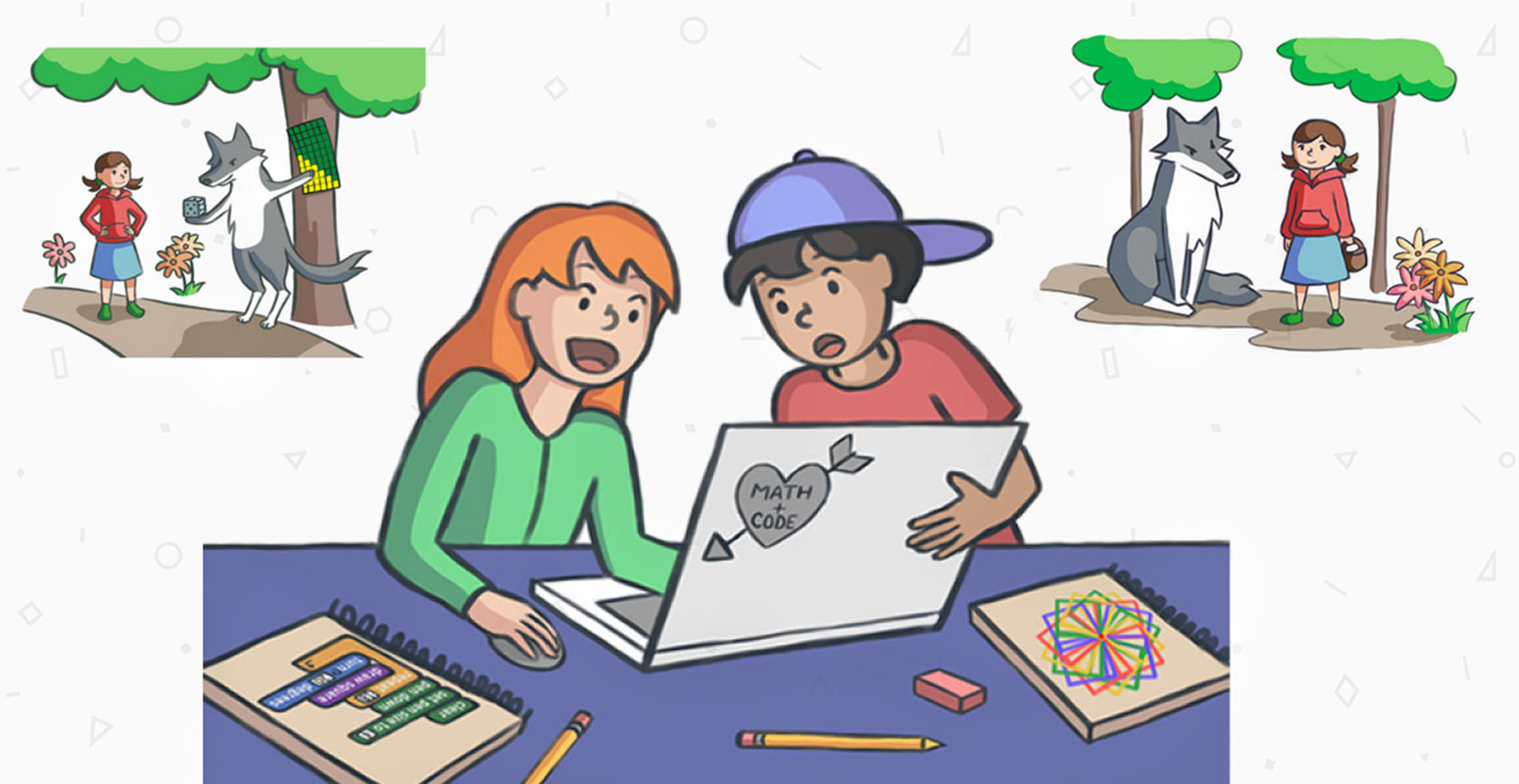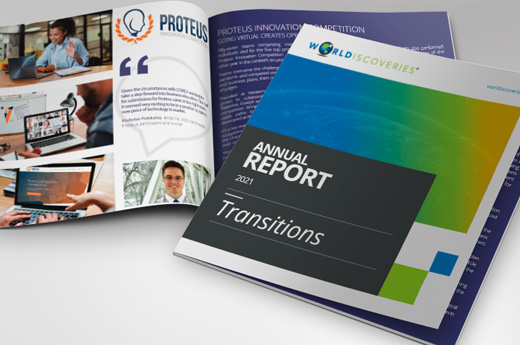With today’s children born into a fast-paced, technologically driven economy and digital atmosphere, it is difficult to predict what will be in store for them in a couple decades from now. The pace of technological growth is certainly not slowing down and technological skills that were once unique assets are now understood as an established norm.
Integrating computer classes into school curriculums was a necessity to train the next generation in being prepared to enter the digital age. But why stop there?
Digital technologies are an aspect of our daily lives and although we all use them, we rarely create them or understand the technology behind it all. Coding, or otherwise referred to as computer programming, enables individuals to create and control the applications, video games and various other digital technological platforms that surround us.
George Gadanidis, an associate professor in the Faculty in Education for Western University, has developed a curriculum for grades K-8 titled Coding for Young Mathematicians. The program allows students to learn computer coding and make math tangible, as the math concepts of coding are explained using objects on train cars and bar graphs to manipulate. Children will learn the basic knowledge of computer coding and simultaneously understand math concepts due to the dynamic nature of the mathematics behind computer coding.
WORLDiscoveries is excited to introduce this amazing program that makes computer programming simple for children. It is packed with ideas, classroom-tested and classroom ready activities, as well as online resources and extension materials for students.
“I was so excited that everybody in that room was successful. From my little children that haven’t been in the country for the whole year, that have only been in school for a few months, they were successful, viewing themselves capable, able – and mathematicians,” says a grade 1 teacher.
Students involved with this curriculum gain an excellent understanding of coding, and by making math tangible through coding, students gain excitement and accomplishment in their work. A grade 2-3 teacher explained, “What I really loved was the connection we made with the families at home. We said to the kids, this in now your project and you now need to share this. Kids were sceptical that their parents could do it, but they came back excited to share what they did with them.”
When young children learn how to code, they become producers as well as consumers of technology, gaining a better understanding of the digital world and better prepared to succeed in our technologically driven society.
You can license the book as a PDF for you, your school or school district and once purchased, you will also have the right to copy and use it in your classroom. Watch this short animated clip to discover some of the activities students learn from the curriculum of Coding for Young Mathematicians.
Learn more at mathsurprise.ca.


